Lifehacks for Removing Stickers
Whether it's alcohol, peanut butter, or something far less delicious, these lifehacks for removing stickers will keep your life free of residue.
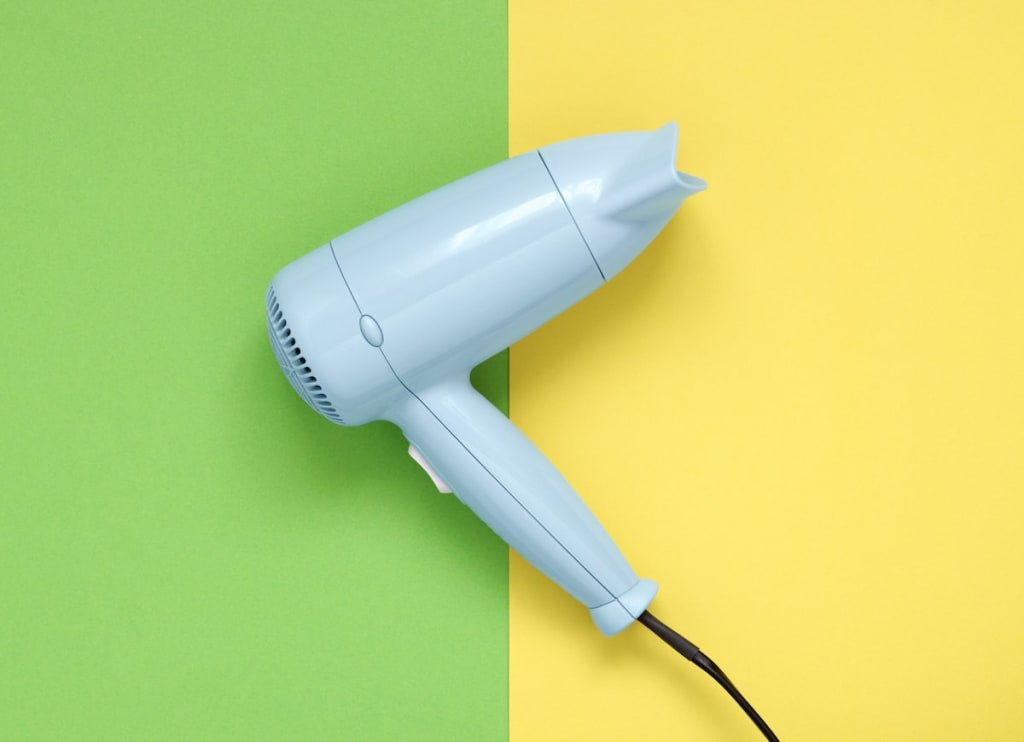
Stickers, tape, and anything else that leaves sticky residue can be a huge pain in the neck. Thrift stores and discount outlets like TJ Maxx have a knack for putting their price stickers in the most obnoxious, inconvenient locations on every item they sell, making it impossible to ignore them. You may also run into annoying sticker residue if you like to reuse old jars and other containers in your home. Luckily for you, I've amassed a collection of lifehacks for removing stickers from any surface. From obvious to surprising, these lifehacks will help you remove that sticker one way or another.
Alcohol

Photo by Daria Nepriakhina on Unsplash
Alcohol may not be the solution to all of life's problems, but it is at least a great solution to this particular issue. I guess I should specify there's no need to waste your good booze on sticker removal. While ethanol (the kind of alcohol you drink) is actually a decently effective solvent, rubbing alcohol (aka isopropyl) is much better suited to the task. Soak a paper towel in rubbing alcohol before applying it to the sticker or sticky residue you want to get rid of. Let it sit for twenty to thirty minutes, and it should come off much more easily.
Baking Soda
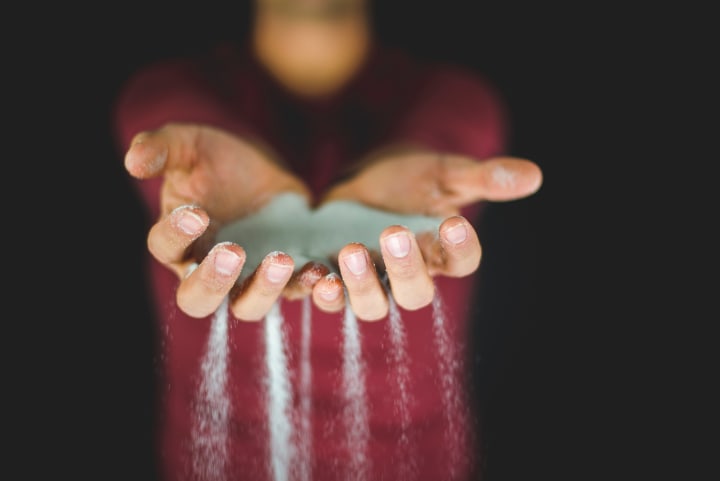
Photo by Ben White on Unsplash
Sodium bicarbonate, better known as baking soda, is one of the most effective lifehacks for removing stickers, sticker gunk, and any other sticky residue you come across in life. Baking soda (and vinegar) science is rather easy. Mix a few spoonfuls of baking soda with your preferred brand of water and rub the resulting paste all over the affected area. Let this sit for several minutes, maybe even a half hour, before wiping it down with a paper towel. An even more effective method is to use a cooking oil like canola or coconut oil instead of water to form your own homemade "Goo Gone." The cooking oil and baking soda mixture will work better on tough sticky residue, but cleanup will be a bit more of a chore.
Cooking Oil
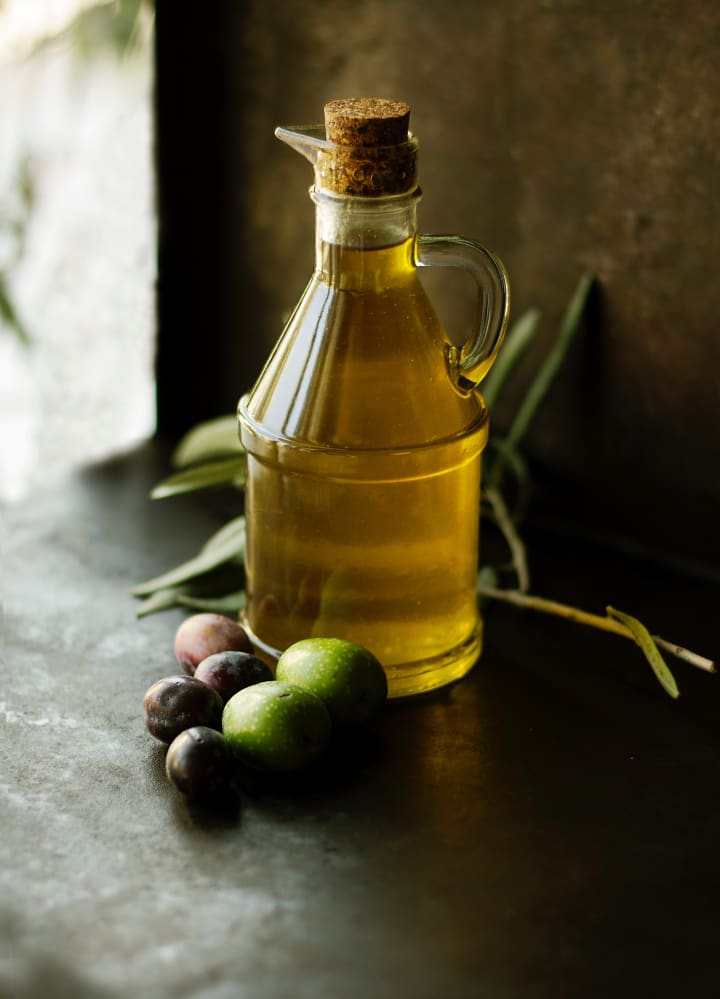
Photo by Roberta Sorge on Unsplash
Cooking oil by itself can be a hit or miss lifehack for removing residual sticker gunk. The biggest benefit is that it is one thing pretty much everyone will have on hand. Any oil works, but I recommend canola or vegetable oil if you have it just because "fancier" oils like olive or coconut oil are generally more expensive. Simply apply a few drops of your chosen oil to a folded paper towel and dab the sticky region until thoroughly moistened. After a few minutes, the sticker gunk will wipe away quite easily. For an extra-tasty anti-adhesive, mix some cooking oil and vinegar together to form a sticker-removal vinaigrette.
Hair Dryer

Photo by Element5 Digital on Unsplash
Using a hair dryer is actually one of the most effective lifehacks for removing stickers from anything—as long as the surface can handle being exposed to hot air for a couple minutes. Set your hair dryer to its hottest setting and point it directly at the sticker you're looking to remove. The heat will loosen the sticker's adhesive, making it much easier to remove without leaving behind any undesirable residue.
Nail Polish Remover

Photo by Element5 Digital on Unsplash
It shouldn't come as a surprise that nail polish remover also makes a great sticker gunk remover. I've already discussed how isopropyl alcohol, a common ingredient in nail polish remover, is effective at getting rid of sticky residue. The other most common chemical in nail polish remover is acetone, which is a powerful solvent. In fact, acetone is generally considered overly harsh to use on your body, but that makes it perfect for removing stubborn stickers. Just don't try the method right after a manicure.
Peanut Butter

Photo by Tom Hermans on Unsplash
What, did you think all the lifehacks on this list were going to be realistic and sensible? Not only an amazing ingredient in dog treats, the fat content in peanut butter acts as a solvent, allowing you to more easily scrape sticky residue off whatever surface you're working with. While this is one of the more clever lifehacks for removing stickers, it probably shouldn't be your first choice. Using cooking oil directly will get you the same result without the sticky, sugary side effects that come with peanut butter. Mayonnaise also works in much the same way if you'd rather enjoy your sticker on a deli meat sandwich instead of a PB&J.
Pencil Eraser

Photo by Kim Gorga on Unsplash
Using a simple rubber eraser to "erase" sticker residue from an item sounds too glib to be true, but pencil erasers actually work wonders on tough sticker gunk. If you're dealing with a large sticky area, feel free to unleash your Magic Rub and watch as it pulls the residue up away from the surface. After a once-over with your eraser, you'll want to follow up with one of the solvents to ensure every last bit of gunk is accounted for before you wipe it all down.
Penetrating Oil

Photo by Hello I'm Nik on Unsplash
Penetrating oil is one of the most surprisingly versatile fluids to keep in your tool chest. The old saying goes that every toolbox needs two products: duct tape and WD-40. "If it moves when it shouldn't, use the duct tape. If it doesn't move when it should, then use the WD-40." WD-40 is by far the most well-known penetrating fluid on the market, but it is often incorrectly thought of as a lubricant. WD-40 actually doesn't make a great general-purpose oil because of its incredibly low viscosity. This low viscosity makes it too volatile for a general purpose lubricant, but it makes WD-40 an excellent solvent for removing sticky residue. Simply spray it liberally onto the sticker, wait a few minutes, and remove the sticker with no residue left behind. Just one of the super surprising life hacks with WD-40 you can use.
Razor
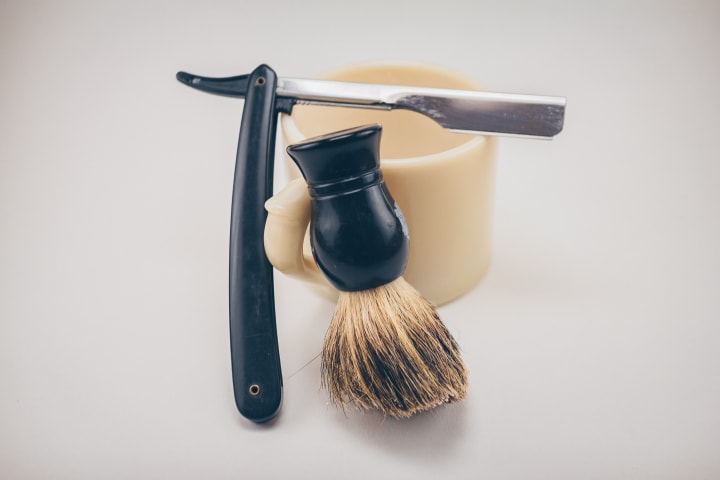
Photo by Joshua Sorenson on Unsplash
A razor blade—or really any sharp, thin knife—makes an effective first step in removing a stubborn sticker. A sharp blade can get under the sticker and lift it off whatever surface it's on without leaving much, if any, residue behind. An effective one-two punch is to soak a sticker in a solvent like alcohol or WD-40 before using a razor blade to cleanly remove the sticker. A word of caution, however: Be mindful of the surface you're dealing with when you use this method. Any blade can damage a painted or wooden surface, and any slippery surface can cause you a visit to the emergency room. I generally only use a razor blade when I'm removing a sticker from glass, and very carefully so.
Vinegar

Photo by rawpixel on Unsplash
Vinegar is a gentler solvent than rubbing alcohol, but it still makes an effective solvent in the right circumstances. In particular, I find vinegar to be a great first line of defense for removing a sticker. Dip a paper towel in vinegar and wrap it around the sticker, label, or whatever it is you're removing. Let it sit for a few minutes and the sticker should peel right off. Most of the time, this is the best way to remove a fresh sticker without leaving behind any sticky residue. If you've already tried to remove the sticker and you're now dealing with leftover sticker gunk, you might want to turn to the more powerful lifehacks on this list.
About the Creator
Joseph D. N. Kendrick
Writer of words. Haver of cats. joeykendrick.com


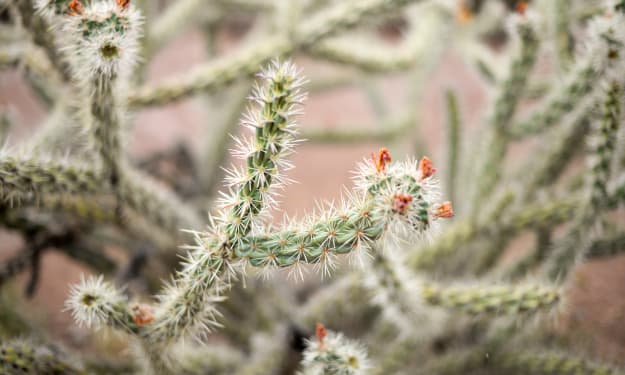



Comments
There are no comments for this story
Be the first to respond and start the conversation.